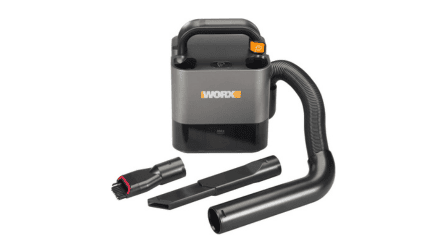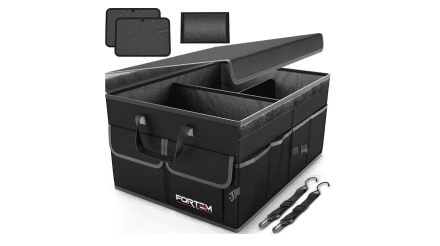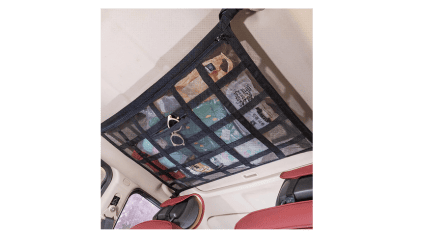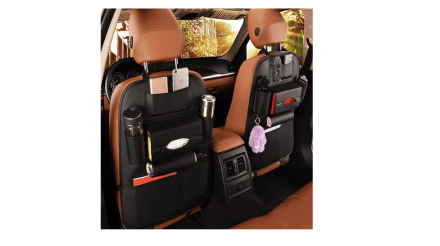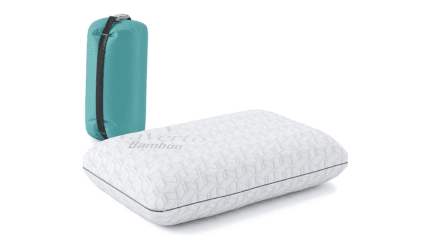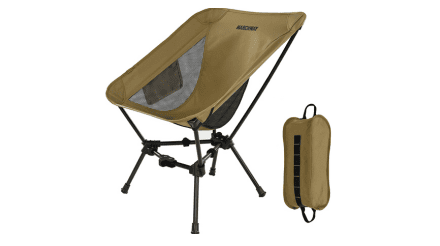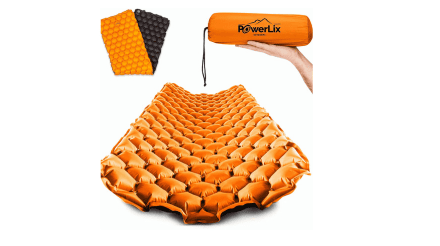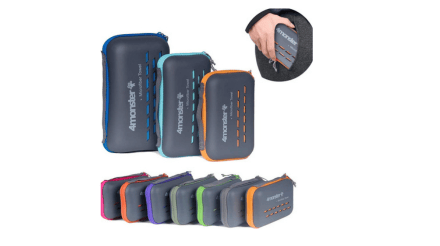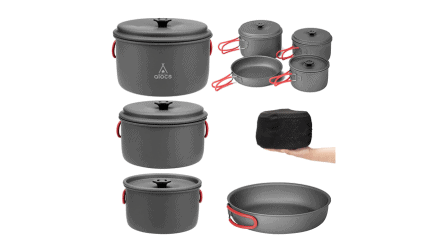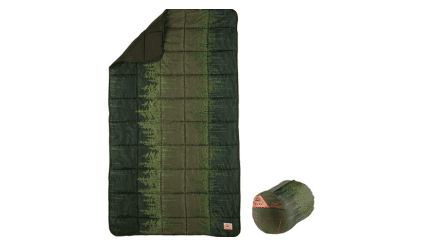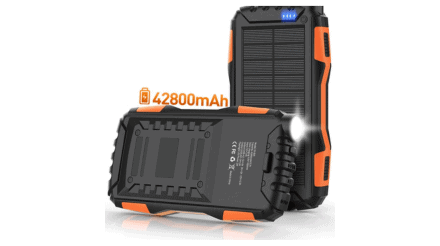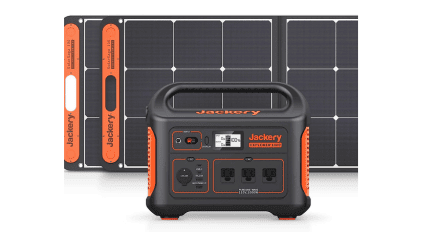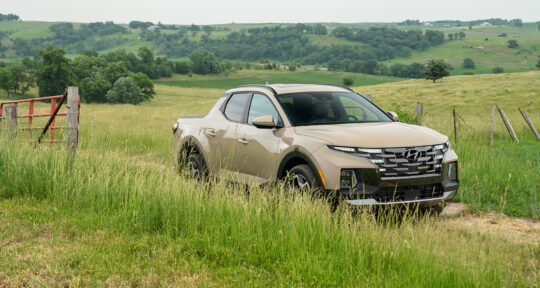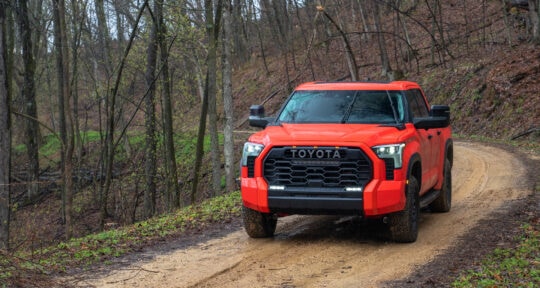Whether you’re camping in the back of your car or SUV, inside your truck bed, or on top of your roof, using your vehicle for both travel and sleeping calls for a different mindset than pitching a tent or adventuring in an RV. On the plus side, car camping makes it easy to pack up your gear and go whenever you need, since there’s no tent or RV campsite to tear down before heading out. However, it also means your camping accommodations and transportation are one and the same, so your camping gear, car accessories, and other travel items all need to fit in the same place. This can make for a cramped and slightly chaotic vehicle interior if you don’t plan and pack properly.
The ultimate guide to car camping
If car camping is on your itinerary this year, here are a few things I learned during a recent camping adventure in my SUV.
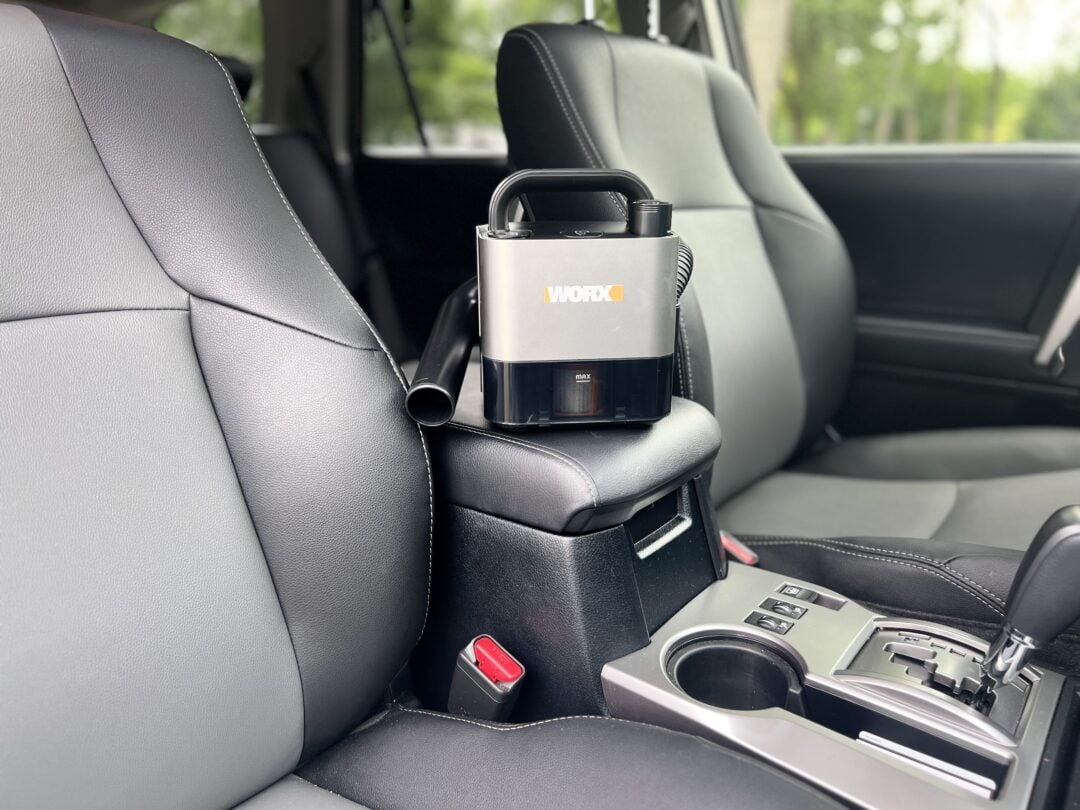
1. Keep it clean
Things are going to get messy while camping; it’s inevitable. And while accepting this fact can offer a less stressful experience at the campsite, having a plan to tidy up before hitting the road again can also provide peace of mind. Sleeping in the same space you use for driving can mean you’re trekking in messes throughout the day at the campground and on the road.
In my case, my curious dog is behind most of the mess, even when I wipe his paws and brush dirt away before he enters the vehicle. While I’m okay with sleeping alongside light outdoor debris for a few nights, a portable car vacuum can go a long way while camping. It’s especially useful for cleaning up before heading to your next destination or going to bed at night.
Do you need to sweep up every piece of dirt that makes its way into your car? Absolutely not. But if you’re looking for an easy way to clean up your campsite and driving space, a small, cordless vacuum will do the trick. I bought the WORX battery-powered vacuum because it’s super compact and its batteries are compatible with other WORX tools.
2. Make your gear accessible
Rummaging through your vehicle, bags, or storage totes for clothing, camping gear, and other items can be inconvenient and even unsafe when searching for first aid kits and other emergency equipment. Keeping your car organized for camping and travel means you can’t (or shouldn’t) simply throw your gear in your vehicle and go. I use trunk organizers to store my camping gear—placing important items in outside pockets so I can get to them at a moment’s notice.
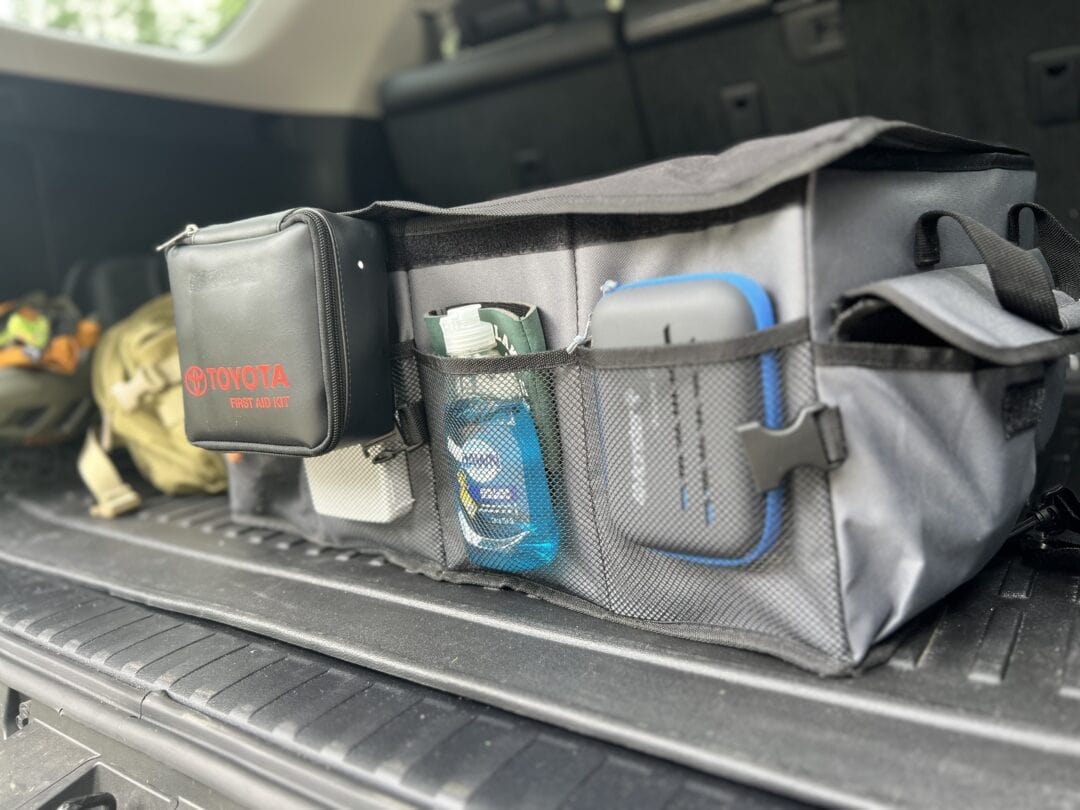
For clothing, I use a cargo net on my vehicle’s ceiling for go-to clothing items like rain jackets or cold weather gear (depending on the season). This helps keep bulky wearables up and out of the way, and it reduces the need to bring large bags with extra clothing.
The key here is to find a system that works for you and your vehicle that makes your travel gear accessible and organized. Investing in a few items like cargo bins, nets, and even seatback organizers can help keep you safe and prepared for everything that comes your way.
3. Bring what you need
It’s tempting to pack all of your favorite gear (and then some) when camping. I always want to bring every outdoor item I own, from camping chairs, coolers, and cookware to a bulky inflatable paddle board (just in case I see a lake). While I may need all of these items on some camping trips, it’s more likely that I can leave these things behind and free up space inside my SUV. Planning is key to packing only the things you need when car camping.
Weather conditions, activities, trip length, and your destination can all play a role in packing. That’s why it’s important to research beforehand, so you only bring the essentials and not a bunch of gear you won’t use. Accessories can be fun, but they can also be cumbersome. When in doubt, opt for the added space over extra things.
When size doesn’t matter: How I car camp in my Honda Fit
4. Invest in portable gear
Using standard-sized pillows, blankets, camping chairs, and other equipment can be convenient and save money, especially if you’re not a regular car camper. However, if you’re taking an extended car camping trip or planning to make this a frequent form of travel, investing in compact, portable camping gear can save you space and hassle during your adventures.
Even as a frequent camper, I withheld from purchasing a camping pillow and a more portable chair until my latest expedition, and I regret not doing it sooner. These items take up less space, and are just as comfortable as their larger counterparts. Sleeping pads, towels, cookware, and even blankets are other items you can upgrade to be more compact for your vehicle.
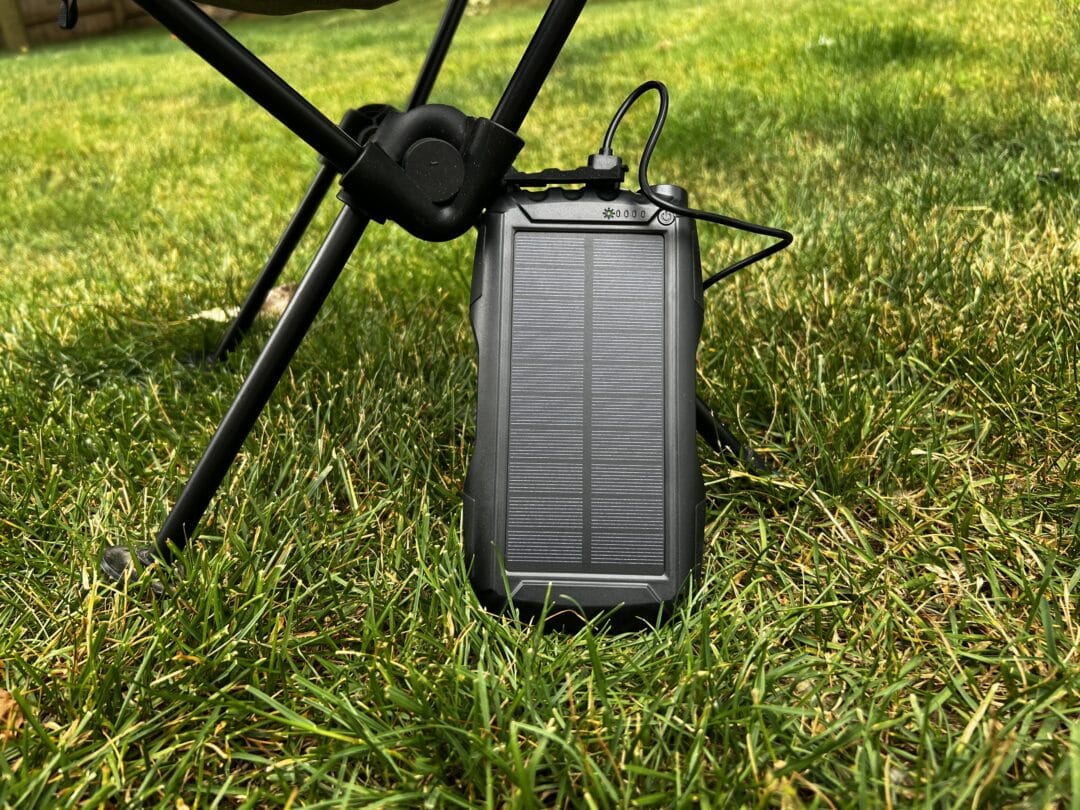
5. Have a power plan
Just because you’re in your vehicle doesn’t mean you should rely on your car’s battery to charge your phones and other electronic devices. My last trip was short but the drive was fairly long, so I planned on charging my phone on my way to and from my campsite, using it minimally once I arrived. I ended up using more battery than expected to take pictures and videos of hiking trails and needed to turn my car on to charge my phone before going to bed. While I didn’t leave my car on long enough to run down its battery, it’s never an ideal situation to use your vehicle like a power station at the campground.
I’ve since invested in a solar-powered charging station to charge my phone, rechargeable flashlights, and other gear while camping. This small, inexpensive power bank easily supplies the energy needed to keep essential items in good standing until I can use my vehicle again for charging. If you’re looking for something to keep larger items charged, there are more robust solar-powered charging stations designed for regular usage. Either way, you should always have an external power supply while camping.

